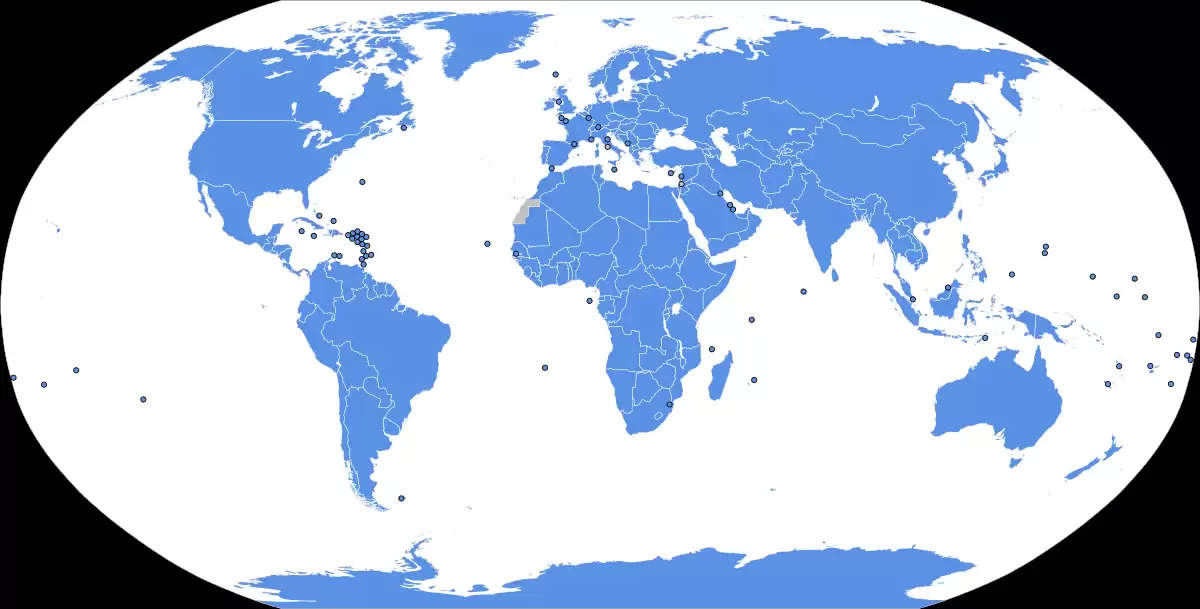Constitutive and Declaratory Theories Of State Creation

Recognition constitutes acceptance of a particular situation by the recognizing state both in terms of the relevant factual criteria and in terms of the consequential legal repercussions.
In international law, the constitutive theory was the standard nineteenth-century model of statehood, and the declaratory theory was developed in the twentieth century to address shortcomings of the constitutive theory.
In the constitutive theory, a state exists exclusively via recognition by other states. The theory splits on whether this recognition requires "diplomatic recognition" or merely "recognition of existence". No other state grants Sea land official recognition, but it has been argued by Bates that negotiations carried out by Germany constituted "recognition of existence".
In the declaratory theory of statehood, an entity becomes a state as soon as it meets the minimal criteria for statehood. Therefore recognition by other states is purely "declaratory". The declaratory theory assumes that territorial entities can readily, by virtue of their mere existence, be classified as having one particular legal status: it thus, in a way, confuses ‘fact' with ‘law'.
On the other hand, the constitutive theory, although it draws attention to the need for cognition, or identification, of the subjects of international law, and leaves open the possibility of taking into account relevant legal principles not based on ‘fact', incorrectly identifies that cognition with diplomatic recognition, and fails to consider the possibility that identification of new subjects may be achieved in accordance with general rules or principles rather than on an ad hoc, discretionary basis.
